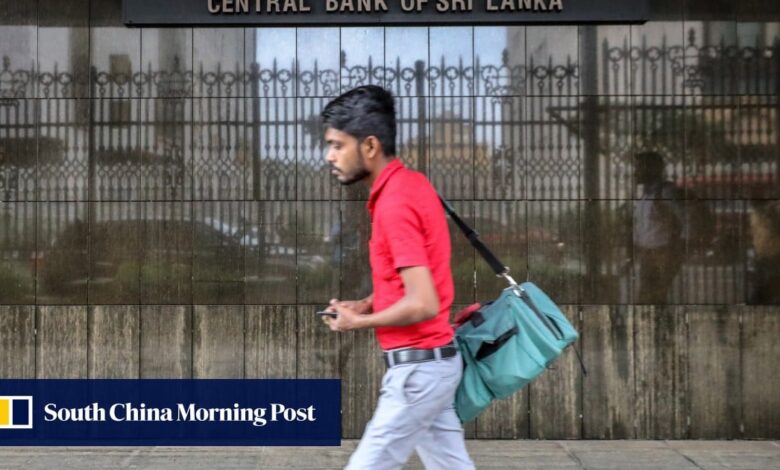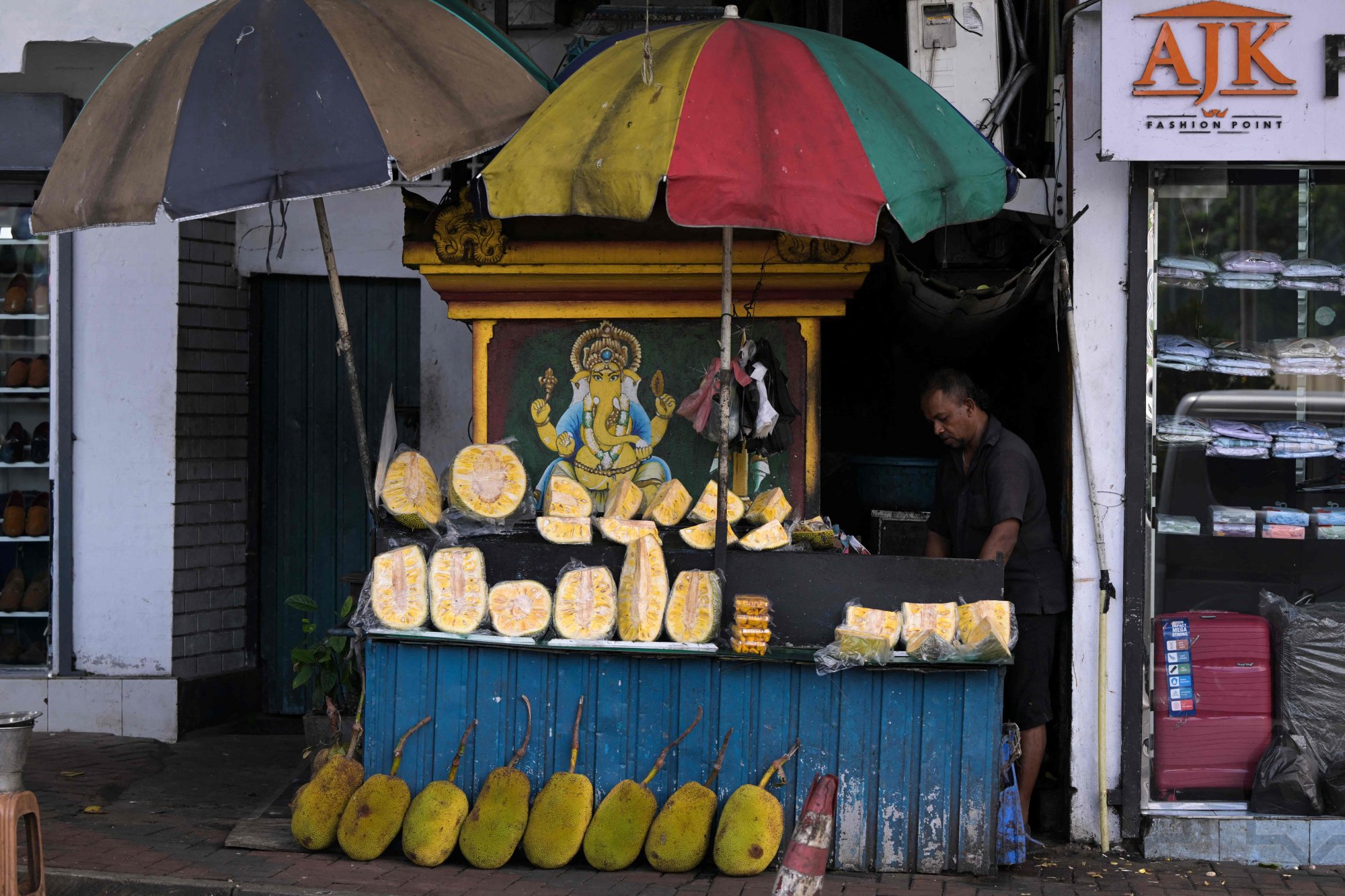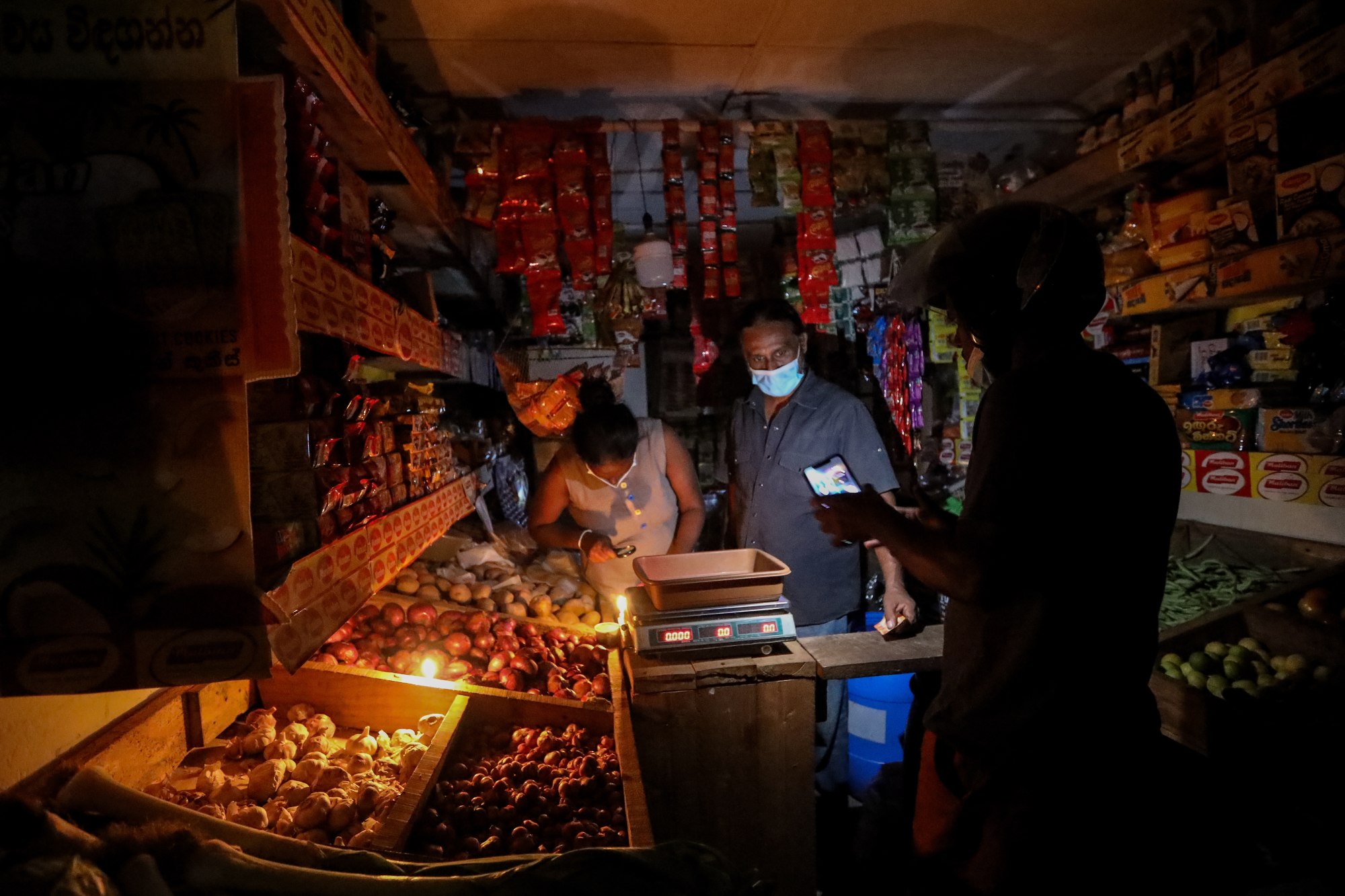Sri Lanka, taxed by austerity measures, walks a ‘tightrope’ between IMF demands and rebuilding society

[ad_1]
Despite this, austerity measures such as tax reforms have only added to the pressures on household incomes already hit by inflation and rising living costs.
Wickramasinghe said the reforms meant his income tax payment spiked from around 6,000 to 70,000 Sri Lankan rupees. This has become a “key reason” for those used to a more comfortable lifestyle to think about emigrating, he added.
“[For example] it is very difficult to think of buying a new vehicle because vehicle prices are higher, and even though my office provides a vehicle allowance [to pay the lease], that too gets taxed, eating into my salary,” said Wickramasinghe, who added that both he and his wife were thinking of leaving.

‘Tricky spot’
But now, more taxes are on the cards.
Sri Lanka received US$2.9 billion in IMF financing early this year and secured the first tranche of funds. Last week, an IMF review concluded without reaching a staff-level agreement needed to release the second tranche of funds. The IMF delegation viewed the country’s “growth momentum” as “subdued”.
The gap between Sri Lanka’s expenditure to revenue – standing at around 19 per cent and 9 per cent of GDP – needed to be bridged with “appropriate” tax policies and reforms, senior IMF mission chief for Sri Lanka Peter Breuer said last week.
Revenue mobilisation gains (tax revenue) for Sri Lanka are expected to fall around 15 per cent below initial projections by end 2023.
“To increase revenues and signal better governance, it is important to strengthen tax administration, remove tax exemptions, and actively eliminate tax evasion,” Breuer said.
A “clear path” towards restoring debt sustainability with the creditors was also needed before the second tranche could be dispersed, Breuer added, noting that there was “no fixed timeline” regarding the release of the second round of financing.
IMF bailout ‘endorsement’ for Sri Lanka economic recovery: analysts
IMF bailout ‘endorsement’ for Sri Lanka economic recovery: analysts
The feedback from the IMF review should not be taken lightly, warned Dhananath Fernando, CEO of Advocata Institute, a public policy think tank based in Colombo.
“[Sri Lanka] is in a tricky spot. We have to be very cautious because we are on a tightrope,” Fernando said.
If Sri Lanka was unable to stick to the IMF programme, then market competence would be lower and the country could lose its grip on the short-term stability it had achieved so far, which could result in social unrest, Fernando said.
The country needed a more neutral tax policy, without tax holidays, to widen the tax base instead of increasing the existing taxes, he noted.
The government also needed to accelerate reforms on loss-making state-owned enterprises – making around 86 billion rupees worth of losses per year – as well as talks with bilateral creditors such as China, India and Japan, to move forward with the IMF programme, he said.

Austerity measures
But economist Sumanasiri Liyanage disagreed, saying the IMF was acting as a manager of international financial capital, “protecting and preserving” the creditors’ interest instead of the debtor state.
Liyanage, a former professor of economics at the University of Peradeniya, said policymakers would introduce more taxes now and cut down on government expenditure on healthcare, education and social welfare to bridge the gap between expenditure and revenue.
An increase in austerity measures would hasten the outflow of professionals from the country, he added.
Anecdotal trends already show increasing outward migration of healthcare staff, university teachers and engineers. According to government data, 14,307 professionals had registered to migrate by the end of 2022, compared to an average of 9,000 in 2018-2019.
This would adversely affect the quality of services in areas such as education, healthcare and construction, Liyanage said.
Official statistics showed that by the second quarter of 2023, industrial and services activities had contracted by 11.5 per cent and 0.8 per cent respectively.

Despite the IMF recommending that cost recovery electricity pricing be maintained, electricity tariffs have gone up twice since August 2022, with a further 22 per cent increase proposed in September.
The hikes have crippled many small businesses. Hansini Nisansala, 28, had to close the small tailor shop she ran in Sri Lanka’s North Central Province, after her shop’s monthly bill increased to 6,000 rupees from 500 rupees in August 2022.
“In January, I closed the shop. Since then, I get very few orders, because nobody comes to the [house] to get clothes stitched. Now, I have no way to pay back the loans I took to run the business in the first place. The finance company might take legal action against me,” Nisansala said.
Sri Lanka garment workers brace for lay-offs as demand slumps amid downturn
Sri Lanka garment workers brace for lay-offs as demand slumps amid downturn
A UNDP report released in September states 55.7 per cent of Sri Lankans are vulnerable in education, health, adaptive capacity to disasters, and living standards. Many of the needy have fallen out of social safety nets as local policies changed to accommodate the IMF recommendations, despite the call for “wider” social safety nets.
Jeewani Apsara, 35, from Weli Oya in the North Central Province, is one example. Although her family received benefits under the previous social security scheme, they did not qualify for the new scheme. Apsara has two school-going children, and her day labourer husband has no work now, she said.
“Our paddy fields did not yield enough harvest even to eat. We have even mortgaged the house to feed ourselves and to send the children to school,” she said.
[ad_2]
Source link





